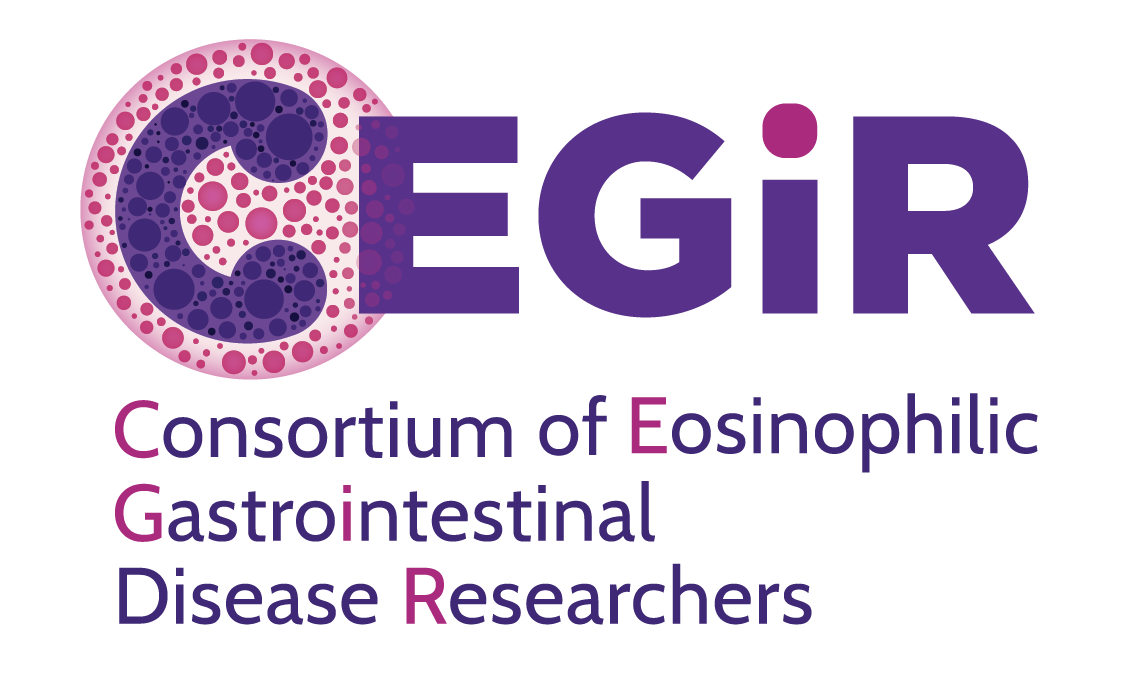What is eosinophilic esophagitis?
Eosinophilic esophagitis (EoE) is an allergic inflammatory disease characterized by elevated eosinophils in the esophagus (the tube connecting the mouth to the stomach). These eosinophils persist despite treatment with acid blocking medicines. Common symptoms include:
- Reflux that does not respond to medication (acid suppressors)
- Difficulty swallowing (dysphagia)
- Food impactions (food gets stuck in the esophagus)
- Nausea and vomiting
- Failure to thrive (poor growth, malnutrition, or weight loss)
- Abdominal or chest pain
- Feeding refusal/intolerance or poor appetite
- Anorexia and early satiety (feeling full)
EoE is growing in prevalence, but currently is still considered a rare disease.
Who gets eosinophilic esophagitis?
EoE affects people of all ages and ethnic backgrounds. People of both sexes get EoE, but it is more common in males. In certain families, there may be an inherited tendency. People with EoE commonly have other allergic diseases such as rhinitis, asthma, and/or eczema.
What causes eosinophilic esophagitis?
The exact cause of EoE is not known. EoE is typically caused by an immune response to food.
Ongoing genetic studies have identified a number of genes that are differentially expressed and variable in sequence in patients with EoE compared to those without it, including thymic stromal lymphopoietin and calpain 14. These sorts of advances in the genetics of the disease will hopefully lead to new diagnostic tools and treatment.
How is eosinophilic esophagitis diagnosed?
EoE can mimic other more common conditions such as gastroesophageal reflux disease, therefore, as part of the diagnostic process, patients presenting with EoE symptoms/suspected of EoE are usually considered for other diseases. An upper endoscopy with biopsies is required to make the diagnosis. This involves insertion of a small tube down the esophagus and into the stomach and part of the small intestine. Small tissue samples from each section of the upper GI tract will be taken. A pathologist will review the biopsies to determine if eosinophils are present. A count of 15 eosinophils per high-powered microscopic field or higher warrants a diagnosis of EoE.
What is the treatment for eosinophilic esophagitis?
Treatments recommended for EoE include dietary management and topical swallowed corticosteroids, such as fluticasone and budesonide. Dietary management may include elimination diets, in which suspected foods or common food allergens are removed, and elemental diets in which all food protein is removed and nutrition is provided through specialized formula. The first FDA approved drug is Dupilumab, an injectable biological agent that improves symptoms, endoscopic, histologic, and molecular aspects of the disease.
In order to evaluate the efficacy of the treatment, periodic endoscopies with biopsies will be necessary.

